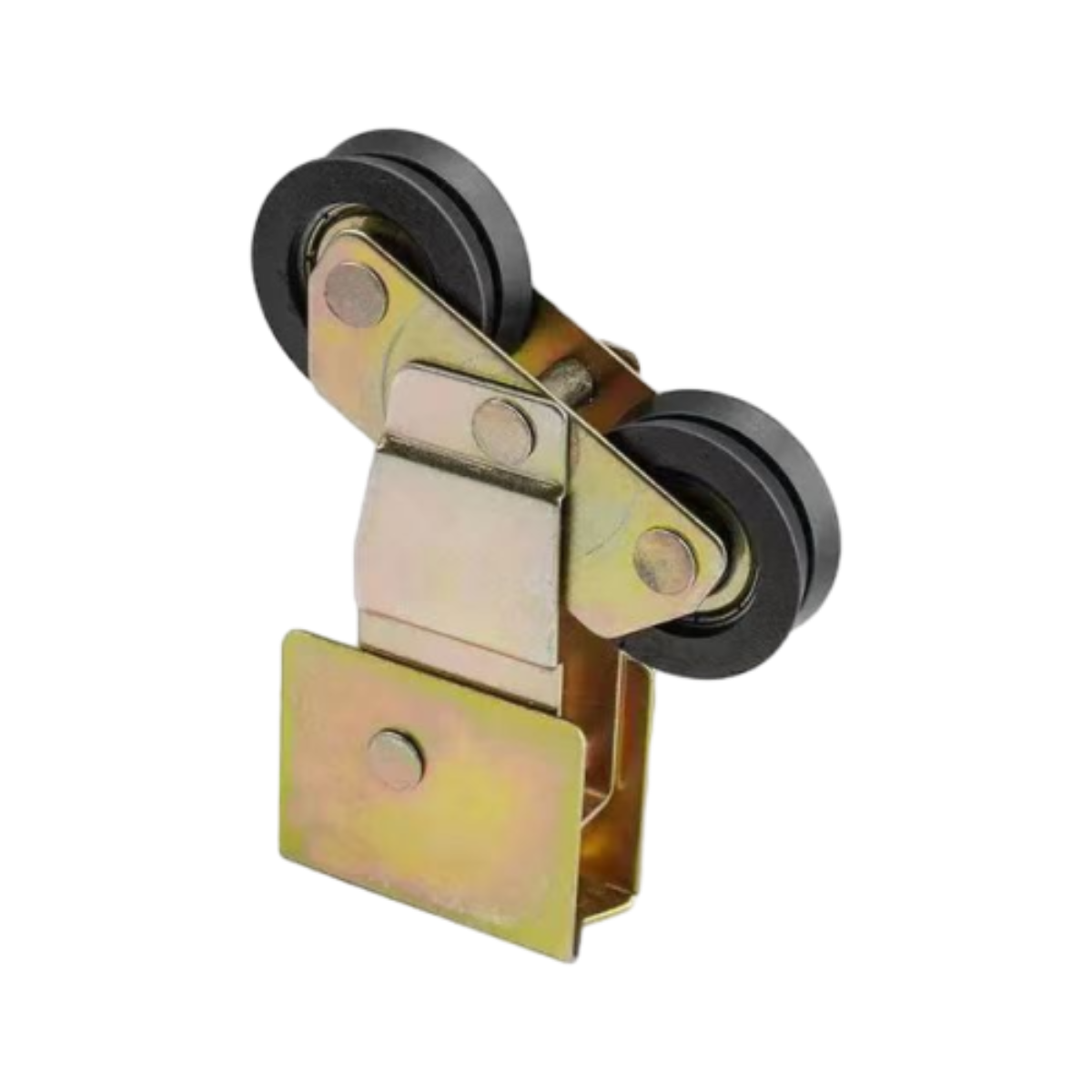Decorative Cast Components - Custom Designs and Quality Craftsmanship
The Art of Decorative Castings An Exploration of Components and Aesthetics
The world of decorative castings is a fascinating blend of artistry and craftsmanship, where functional components and aesthetic elements converge to create unique pieces that enhance our living and working spaces. Whether we are considering architectural elements, furniture accents, or standalone art pieces, the significance of these castings is both practical and artistic, echoing traditions that span centuries.
Understanding Decorative Castings
At its core, decorative casting involves the process of pouring molten material, usually metals or resins, into molds to create aesthetically pleasing objects. These can range from intricate designs used in architecture, such as ornate railings and cornices, to smaller items like candle holders and sculptures. The versatility of casting materials, coupled with advances in technology, has revolutionized the production landscape, allowing artisans to craft designs that were once unimaginable.
Components of Decorative Castings
.
The choice of casting material significantly influences both the durability and aesthetic appeal of the piece. Common materials include aluminum, bronze, and resin. Each of these carries unique properties; for instance, aluminum is lightweight and corrosion-resistant, making it an excellent choice for outdoor decorations, while bronze offers a classic, timeless aesthetic that develops a beautiful patina over time.
Εξαρτήματα-Διακοσμητικά-Χυτά

After the casting process, finishing techniques such as polishing, painting, or patina application play a crucial role in transforming a raw cast into a visually striking element. These processes not only enhance the appearance of the object but also ensure its longevity, making decorative castings both beautiful and practical.
Cultural Significance and Applications
Decorative castings hold significant cultural value across various societies. In ancient civilizations, cast metalwork was often used in religious artifacts, symbolizing wealth and power. Today, these castings can be found in diverse applications from classic architectural embellishments in historical renovations to modern art installations that challenge perceptions of space and form.
In contemporary design, there is a growing trend towards personalization. Custom decorative castings allow individuals to imbue their spaces with personal meaning, memories, and stories, whether through a bespoke garden sculpture or a unique fireplace surround. This shift towards individualized decor highlights the importance of creativity in enhancing our environments.
Conclusion
In summary, decorative castings combine the functionality of components with the beauty of artistic expression. As we continue to innovate and expand the possibilities of casting techniques and materials, the future of decorative castings is bright. They offer endless opportunities for both creators and consumers to engage in a dialogue of artistry and practicality. With a rich heritage and a promising future, decorative castings will undoubtedly continue to enrich our surroundings, reminding us of the importance of beauty in everyday life. Embracing this art form not only celebrates craftsmanship but also invites us to appreciate the delicate balance between form and function.
-
Wrought Iron Components: Timeless Elegance and Structural StrengthNewsJul.28,2025
-
Window Hardware Essentials: Rollers, Handles, and Locking SolutionsNewsJul.28,2025
-
Small Agricultural Processing Machines: Corn Threshers, Cassava Chippers, Grain Peelers & Chaff CuttersNewsJul.28,2025
-
Sliding Rollers: Smooth, Silent, and Built to LastNewsJul.28,2025
-
Cast Iron Stoves: Timeless Heating with Modern EfficiencyNewsJul.28,2025
-
Cast Iron Pipe and Fitting: Durable, Fire-Resistant Solutions for Plumbing and DrainageNewsJul.28,2025
-
 Wrought Iron Components: Timeless Elegance and Structural StrengthJul-28-2025Wrought Iron Components: Timeless Elegance and Structural Strength
Wrought Iron Components: Timeless Elegance and Structural StrengthJul-28-2025Wrought Iron Components: Timeless Elegance and Structural Strength -
 Window Hardware Essentials: Rollers, Handles, and Locking SolutionsJul-28-2025Window Hardware Essentials: Rollers, Handles, and Locking Solutions
Window Hardware Essentials: Rollers, Handles, and Locking SolutionsJul-28-2025Window Hardware Essentials: Rollers, Handles, and Locking Solutions -
 Small Agricultural Processing Machines: Corn Threshers, Cassava Chippers, Grain Peelers & Chaff CuttersJul-28-2025Small Agricultural Processing Machines: Corn Threshers, Cassava Chippers, Grain Peelers & Chaff Cutters
Small Agricultural Processing Machines: Corn Threshers, Cassava Chippers, Grain Peelers & Chaff CuttersJul-28-2025Small Agricultural Processing Machines: Corn Threshers, Cassava Chippers, Grain Peelers & Chaff Cutters












